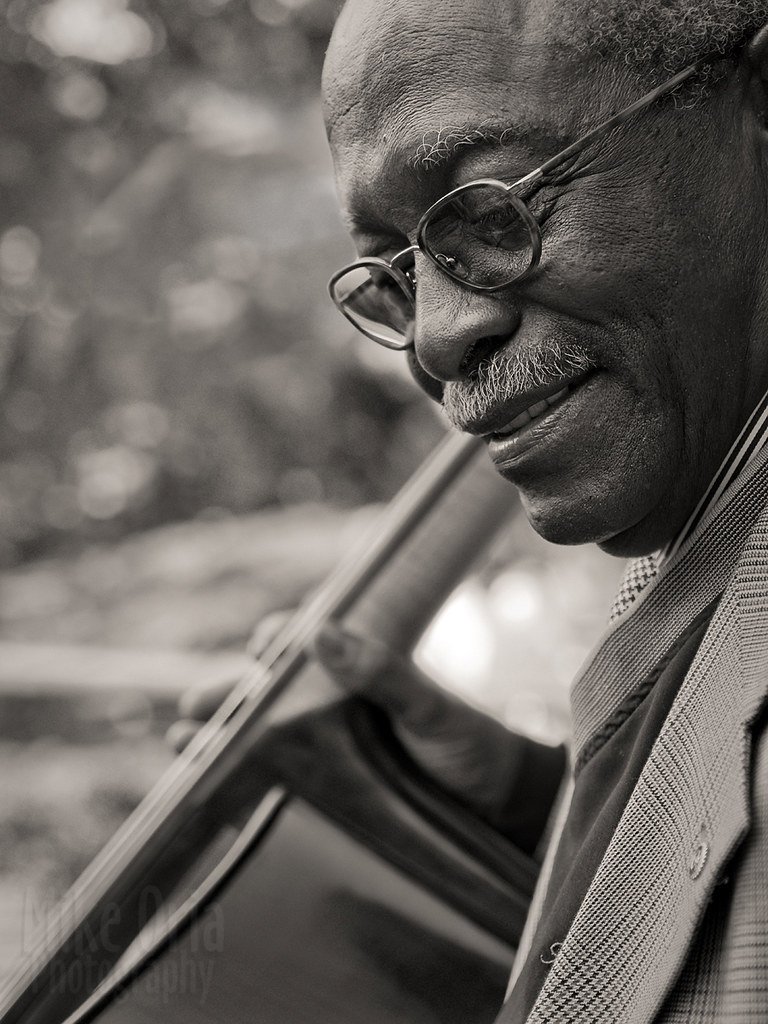 Originally posted by awscreo
Originally posted by awscreo 
How do you shoot iso 80 on K-1?
 Originally posted by Ronald Oakes
Originally posted by Ronald Oakes 
Please elaborate just How to shoot @ ISO 80 ….. On a K-1 Pentax Body ?
---------- Post added 06-30-18 at 10:37 ----------
What He said above.
I should have been a bit more explicated about the ISO values. ISO 100 on the K1, and ISO 80 on my very beloved K5IIs (which I do still use). Now, having said that, you can lower your effective ISO by shooting multiple images and averaging them together. The more images you shoot and "stack/average", the lower the effective resulting ISO.
I have started using LENR when I shoot in absolute darkness (Milky Way over landscapes), as I do like to get various aspects of the landscapes in some sort of context. It also shows a very different character of the over all composition of the image. I want the overall image to convey - tell an interesting story. I also want to bring out the context that most folks do not normally see, and to be able to do that takes pulling a certain amount of details out of the shadows. The K1 does this, along with the K5 with their excellent respective dynamic range.
In order to do that, I've sat down and though long and hard about how I really want to shoot at night and just what I want to accomplish. It's the shooting - capturing the light, and not the post processing that makes the image. Rather than shoot wide landscape panoramas (with a lot of panels) at a somewhat mild wide angle, I've decided to shoot wider (fewer panels - probably a max of 3), but with both LENR and shoot a second image - thereby effectively removing as much dark current noise in the image, and being able to average down the ISO - while collecting twice as much light as I had been collecting previously. This will decrease the overall noise, while increasing the overall imaging information - i.e., better available image detail, along with better overall image quality. My thinking is that this is a much more effective use of my time out in the field, utilizing the strengths of both the K1 and the 15-30/f2.8.
I've been exceptionally pleased with the sky / star images using the astro tracker. I really wanted to emphasize the character of the landscapes at night (while keeping the overall dark night look). I have been very surprised with the color I have been able to capture at night - both in the stars, but more surprising to me - in the landscape elements, themselves.
Here is the image that really changed my overall approach. It's only a 3 image single row stitch (15mm, astrotrack 50 seconds, f2.8, ISO 800), with 50% overlap. I wanted everything as natural as possible. I didn't want the Milky Way core over done, I wanted it to look entirely natural. I did want to bring out some texture in the trees down in the ravine or gully (about 40 feet in elevation below me). I find, especially during the bright daylight that the colors here in Arizona are washed out. You get the reds, oranges and yellows around sunrise and sunset. Very surprising to me, is that the available star light and other available ambient light in the area, does a wonderful job of also letting the natural colors come through - you just have to capture it. I did not expect this at all at night.
So, what's wrong with this image, that might prevent printing it at 20" x 30"? There are a couple of items.
- White dots - a mild sprinkling of "salt" across the foreground landscape. Not really bad, but I would really want cleaner. The LENR will take care of this.
- There is also some mild noise, since it was shot at ISO 800 in total darkness. However, a second image (also with LENR) will average this out - down to effectively ISO 400, which for a night image would be pretty clean overall.
- Only 50 seconds of exposure - total. But, in those 50 seconds - the amount of overall information (especially considering the darkness), I was really taken back by what I was able to bring out with about 3 minutes of just basic post processing. Also, since it was shot using astro tracking, there is an ever so slight amount of smudge from the sensor tracking. Pixel peeping, you can just start to see it. But there are folks where I use to work (before retiring) that are urging me to print it over at Costco - and for a $10 print want it on their office wall. So, I do think I'll print it up and really see what it looks like.
Now, the story I was trying to tell is the old west cattle watering hole at night under the stars. Something only that really the modern day cowboys would ever see. It's the overall colors, especially the green in the trees (and it's
not from HDR or over saturation), that really surprised me. With all the brown in the Arizona desert - it's the green that attracts the eye, along with the reds and oranges in the mountain.



 Similar Threads
Similar Threads 
















 Post #62 by interested_observer
Post #62 by interested_observer








